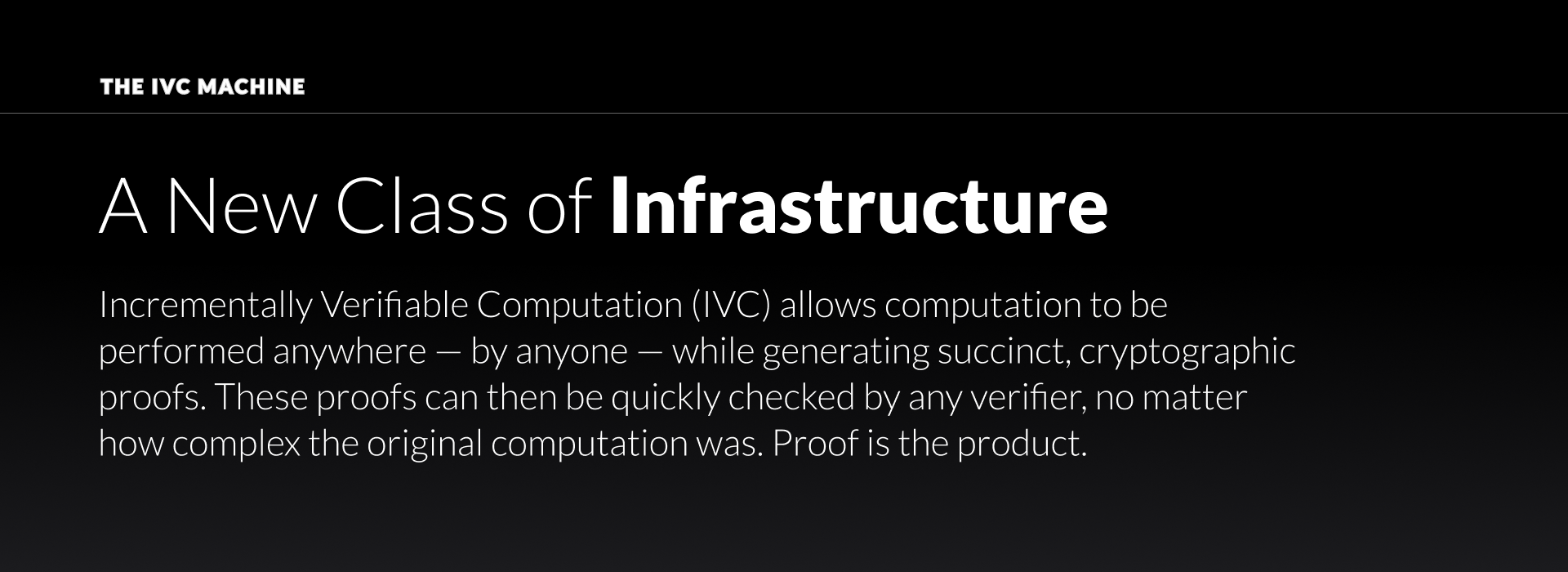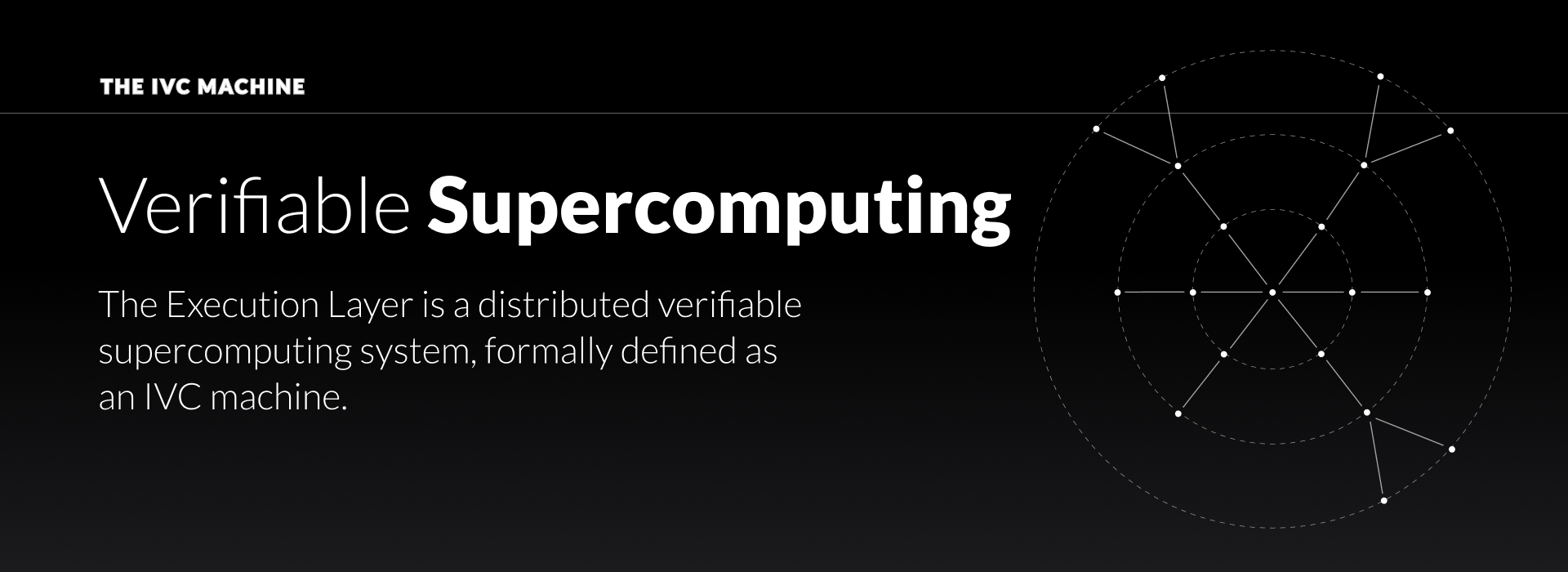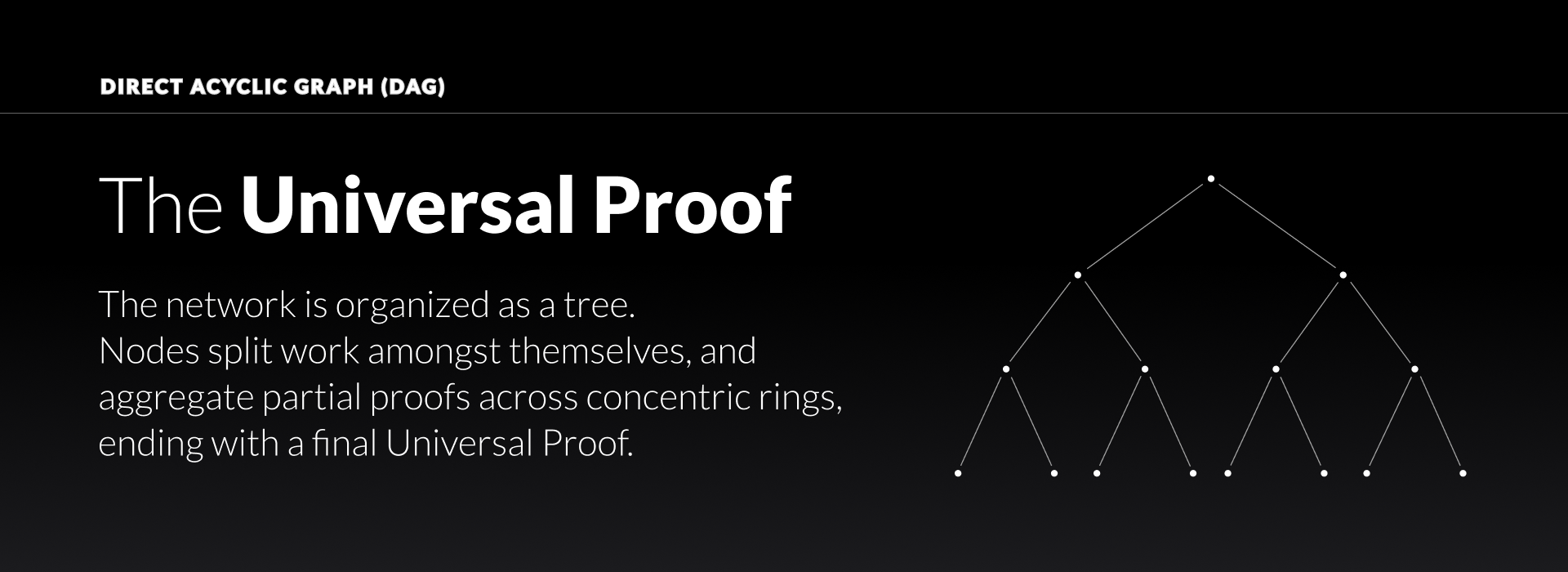Nexus Community Report: AMAs, dApps, and Creator-Driven Culture
As we welcome December, the Nexus ecosystem continues accelerating across protocol development, global community engagement, and creator-driven culture. This week

What if a blockchain wasn’t just a ledger — but a fully verifiable, distributed supercomputer?
This is the premise behind the Nexus Execution Layer. Based on an IVC machine design, the Execution Layer is built to orchestrate and verify vast amounts of computation in real time. The goal is to meet the demands of the modern Internet — where AI models, onchain economies, and critical infrastructure all require trustless, scalable execution.
This post walks through the concept of the IVC machine, how it works with the Nexus Layer 1, and why it matters.

Traditional blockchains excel at consensus and storage — but struggle with compute. Each node must either re-execute every transaction or blindly trust off-chain actors. This creates an inherent tradeoff: the more computation you want to support, the harder it becomes to verify and trust that computation globally.
Incrementally Verifiable Computation (IVC) changes that. It allows computation to be performed anywhere — by anyone — while generating succinct, cryptographic proofs. These proofs can then be quickly checked by any verifier, no matter how complex the original computation was.
Nexus takes this idea and applies it at scale. The result is a distributed system capable of provable compute throughput orders of magnitude beyond current networks, while remaining transparent, permissionless, and auditable by design.

At its core, the Nexus Execution Layer is a machine for proving computation, not just executing it. Here’s what defines this new model:
This is the IVC machine — a compute network where proof is the product. And Nexus is the first to build it at Internet scale.
To make this system usable and efficient, the Execution Layer introduces a hierarchical architecture:
This topology allows Nexus to dynamically scale compute supply while retaining strong guarantees of correctness. As more users join and more layers of delegation are added, the system scales both horizontally (bigger) and vertically (faster) — without increasing verification cost.

This isn’t just theory. Nexus has already launched multiple public testnets, each pushing the boundaries of verifiable compute at scale.
These testnets provide hard evidence that the IVC machine is not only possible — it’s operational. The next testnet is only weeks away.
The rise of AI, complex rollups, and sovereign applications is straining the traditional blockchain model. More compute is needed — but it must be trustless, verifiable, and composable.
The Nexus Execution Layer addresses this gap directly. By turning compute into a provable, easily distributed resource, it allows developers to:
This is critical infrastructure for the Verifiable Internet. And unlike centralized cloud or opaque off-chain solutions, Nexus is grounded in open math and open participation.
Toward the proof economy
The implications go beyond blockchains. Imagine:
All of this requires an execution environment that is both trustless and performant. The IVC machine is that environment. And Nexus is pioneering its path from theory to production.
Want to participate? Check out the Nexus OS at app.nexuz.xyz.